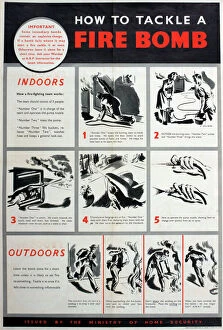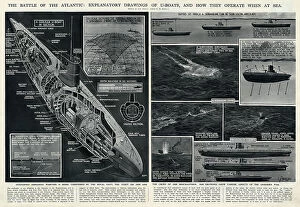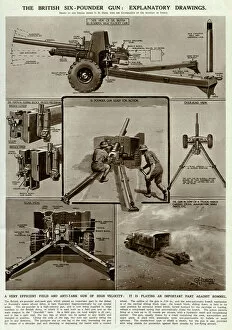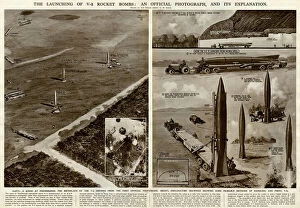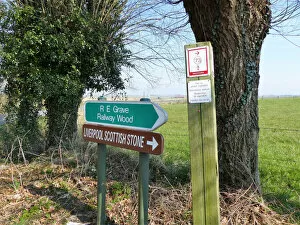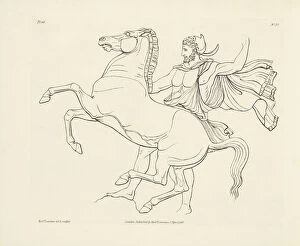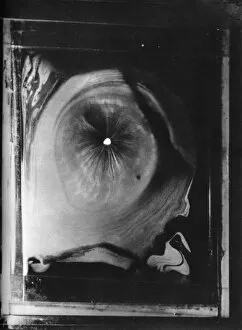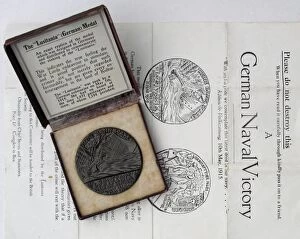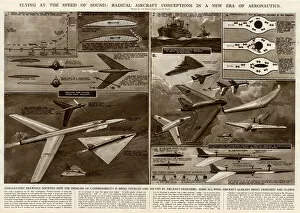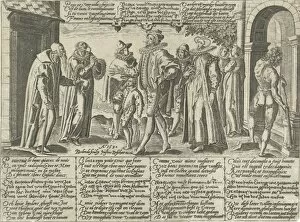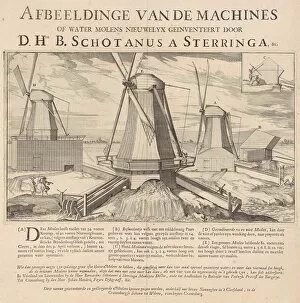Explanatory Collection
"Unveiling the Past
For sale as Licensed Images
Choose your image, Select your licence and Download the media
"Unveiling the Past: Explanatory Insights from WW2 Posters and Artifacts" Step back in time as we explore a captivating collection of historical artifacts that offer explanatory glimpses into the events of World War II. Among these intriguing hints are eye-catching posters, informative photographs, and insightful literature that shed light on various aspects of this tumultuous era. One such artifact is a striking WW2 poster titled "How to tackle a fire bomb. " Created by G. H. Davis, it serves as an educational tool for civilians during air raids, providing crucial instructions on dealing with incendiary bombs. A companion piece by the same artist showcases the menacing German U-boat, offering viewers an insight into one of Germany's most feared naval weapons. Moving on to weaponry used during this period, we encounter another artwork by G. H. Davis depicting the British six-pounder gun – a formidable weapon employed in battles against enemy forces. Its presence highlights the importance of firepower in combat scenarios. Venturing beyond land-based warfare, we delve into space exploration through G. H Davis' depiction of the launching of V2 rocket bombs – a technological marvel developed by Nazi Germany during WWII. This image offers us an explanatory glimpse into their advancements in missile technology. Our journey takes an unexpected turn towards academia with two fascinating pieces – "Table of Moveable Feasts and De Partibus Orationis. " These works provide valuable insights into religious practices and linguistic studies prevalent during that time period. Continuing our exploration, we come across Ypres Battlefield Markers and signs - poignant reminders of the sacrifices made by soldiers who fought bravely amidst devastating conditions on Belgian soil. Intriguingly unconventional is F Breitenbach's photography project capturing smells visually - pushing boundaries to convey sensory experiences through imagery alone; it leaves us pondering how art can transcend traditional mediums.

